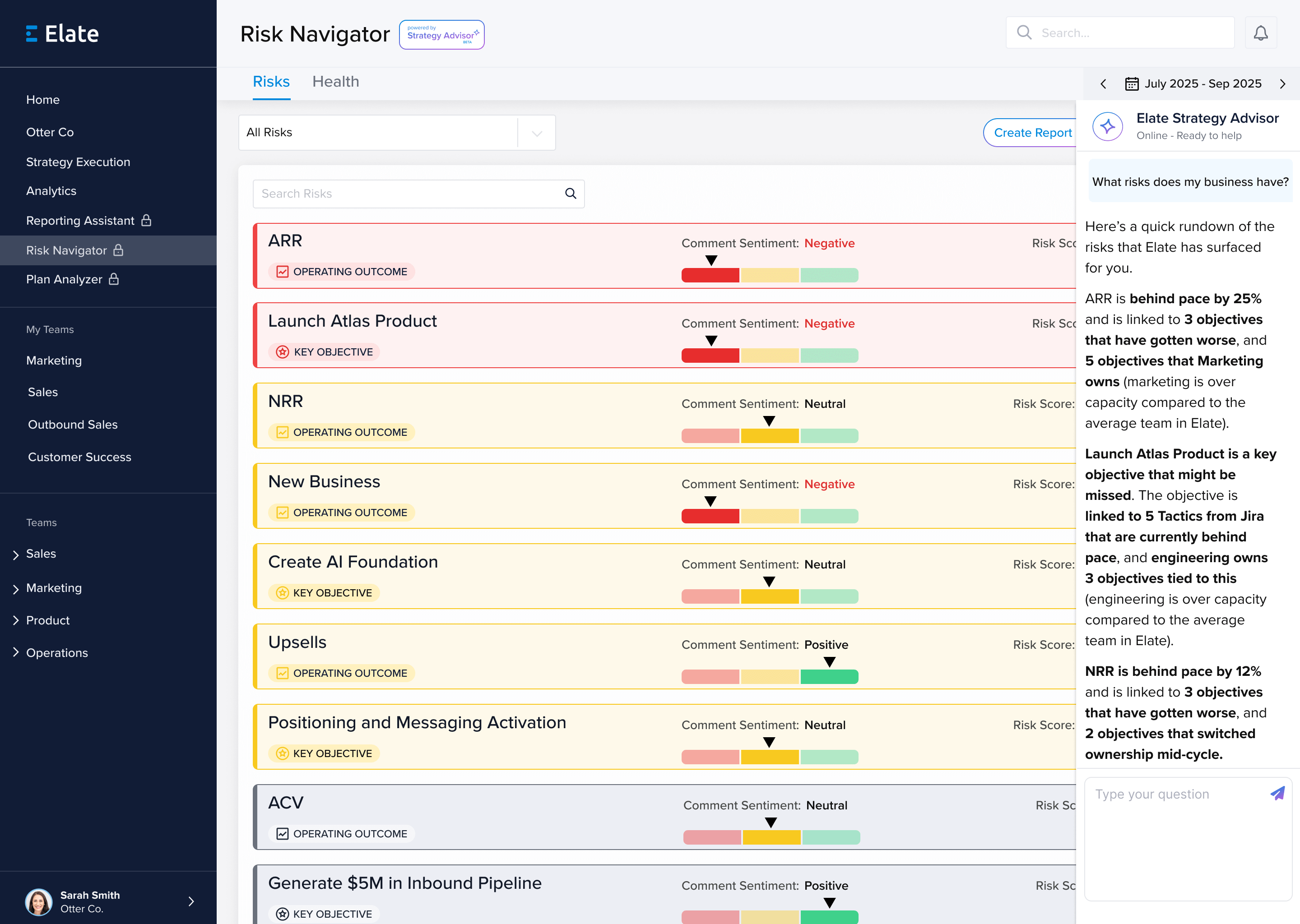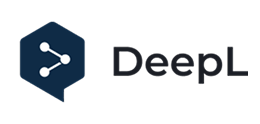If you’re scaling a high growth company, then you understand how important it is for you to set goals. Amidst the chaos and excitement, it’s important not to lose sight of what you’re trying to achieve. Further, it’s critical to the company’s success that you focus on creating alignment and accountability throughout the organization. If everyone at your business works toward one common goal, you have a better chance of reaching the vision you set out to achieve.
So how do you turn your goals into reality? That is where setting objectives and key results (OKRs) are important. And to get the most out of your OKRs, you might want to work with an OKR examples template to help structure your team’s goals in a unified way.
OKRs were first made famous by Google, after the success of a book titled, ‘Measure What Matters.’ This book takes a look at OKRs and their beginnings at Intel, and how they have evolved over the years.
There have been many examples released on approaching OKRs, but if you take a closer look at a Measure What Matters OKR template, you can see there is a nice framework within which you can set up your objectives and key results. By taking a closer look at a few OKR examples, you can have a model framework to establish the rest of your objectives and key results.
It’s also important to keep in mind that OKRs aren’t one size fits all. Although they were made popular recently by Google, keep in mind that simply searching for OKR best practices Google won’t necessarily be the magic answer to building your company’s OKRs.
When you are setting up objectives and key results for the first time, you may have a difficult time figuring out exactly where you would like to start. That is why it is helpful for you to use a template within which you can set up your objectives and key results. That way, you can figure out what works, what doesn't work, and how you can get more out of your objectives and key results in the future.
Finally, it is also helpful to take a closer look at how exactly you can set OKRs. It is important for everyone at your company to buy into objectives and key results. If your leadership team doesn’t buy-in and follow the OKR framework, it will be difficult to convince the rest of the people at your company to participate.
How To Set OKRs
If you are wondering how to set OKRs, it is helpful to take a closer look at an OKR format. For example, if you are trying to set OKRs for your business, this may be a bit different when compared to using a personal OKR template. Therefore, you first have to think about the setting in which you are trying to deploy your OKRs. Then, you can move forward.
In general, the process is similar. First, you have to figure out what the overarching goal of your company is. Then, you should figure out a few stepping stones that can help you get there. These are the objectives that you are going to set for yourself. These objectives are supposed to be ambitious. Then, think about a few key results that are going to define whether you actually reach those targets are not. These quantitative metrics are going to act as your key results. You should try to have 3-5 key results for each individual objective. Any more than that, and you are likely measuring to many metrics. Remember that the key results have to be closely tied to the overall objective you are trying to reach, and need to be measurable.
Most importantly, you should not try to make everything in your daily routine into a structured objective and key results setup. Otherwise, you are going to have a difficult time keeping up with all of this information, and frankly, you wouldn’t be prioritizing the performance that actually matters.
Company OKR Examples
As you try to set up objectives and key results at your company, it may be helpful to use a company OKR template that can help you get started. As you fill out this template, it should provide you a blueprint of a few company OKR examples that are focused on your main priorities as a business. This could include software company OKR examples, such as Annual Revenue, Customer Retention, or even Employee Retention. What are a few examples you may want to follow?
As an example, one of your software engineers may have a goal to improve the email delivery architecture at your company. How are you going to get there? There are a few key results that you may want to include. These include:
- The first key result might be to provide a new refactoring plan for the email delivery architecture system.
- The next key result could be to ship the new architectural documents to all internal teams.
- Finally, you may also have to get beta testers to take a closer look at the new email architecture, providing their seal of approval before you move forward.
This could be a great OKR setup for a software company that is looking for a way to improve its email architecture.
Another objective could be for the software company to launch a high-quality beta software product. What are a few of the key results that could help the company do exactly that? This could include:
- The company might have to hire two new software engineers to work on this project.
- Then, the business may have to get 100 percent of its existing clients to try the new products, providing their feedback.
- Finally, the business might also want to achieve an average customer satisfaction score of 95 percent before the product goes to market.
This is another helpful OKR setup that could be good for a software company. Of course, every software company is different, so OKRs will be different as well.
Real OKR Examples
There are plenty of other real OKR examples that make sense for high growth SaaS companies. This could include OKR examples for managers, OKR examples for growth, and OKR examples for operations. Therefore, if you are trying to set objectives and key results for your own company, you might want to take a look at a few of the helpful examples below.
For example, a manager might have a goal to launch a new product successfully. What key results are going to define whether this product is going to be launched successfully? These could include:
- Conduct a dozen customer development interviews.
- Conduct a separate training session on the new product with the marketing team and the sales team independently.
- Assist the research team in conducting market research to figure out what the current competition is going to be for this new product.
This could be a great OKR for a manager who is trying to launch a new product for the company.
There are plenty of OKR examples for growth as well. For example, the objective could be to double the user base of a software program. What are a few key results that could drive this type of growth? This could include:
- Double the current subscriber based on the company's email chain.
- Increase the number of followers on each social media platform by approximately 25 percent on average.
- Collect feedback from all existing customers to improve the existing program suite.
This could help drive the company forward.
In addition, OKRs can be useful when it comes to operations as well. For example, the objective could be to reduce the number of help desk tickets that come in by approximately 25 percent. How can this happen? There are several key results that could drive the subjective. They include:
- Increase the rate of on-time platform maintenance by approximately 50 percent
- Increase the rate of on-time software delivery by approximately 67 percent
- Increase the success rate of training and onboarding by approximately 33 percent
This could reduce the rate at which help desk tickets come in to your team.
OKR Tools
These are a few great ways to implement objectives and key results at your company, and ensure that your teams are aligned on the key priorities of your business. However, you might still be wondering how you can get the most out of objectives and key results. That is where OKR tools can be helpful.
If you are looking for the right tools, you probably have several options in front of you. For example, you may be looking for free OKR software that can help you get more out of your objectives and key results. This could include an OKR template Excel or even an OKR template Google Sheets. Even though these free tools might act as a great starting point, they are not going to help you get the most out of your objectives and key results.
If you run a business, you are trying to keep your overhead expenses as low as possible. Therefore, it can be tempting to go with one of these free options. On the other hand, if you really want to maximize the productivity and efficiency you get from your objectives and key results, you have to use a software platform that has been built for helping your company scale. That is where an OKR software platform, such as Elate, can be helpful.
Understand that after you have set your objectives and key results, the job is not done. You also have to evaluate the success rate of your objectives and key results moving forward. How often do you want to evaluate your success? How often do you want to meet with your employees? How do you know if you need to change the way you are evaluating your OKRs? Elate was built to let you know how your teams are performing, areas of opportunity, and how you can proactively surface information to help your company thrive. Elate connects your vision with execution through every layer of your business.











